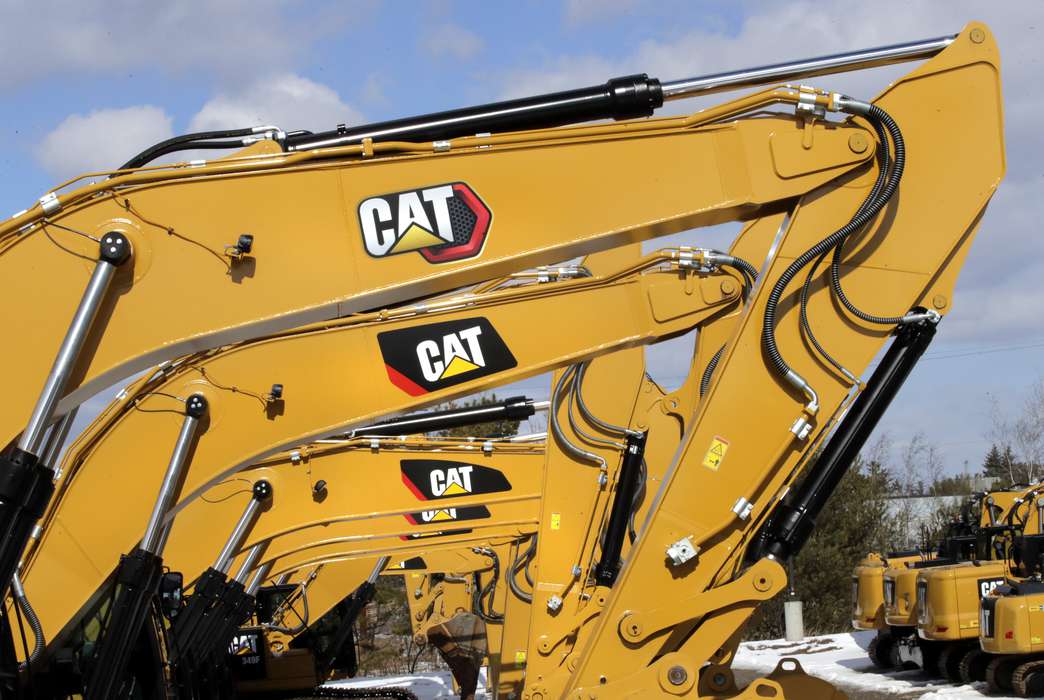Tree habitats' climate disequilibrium calls species distribution models into question
The tree canopy isn't what it should be, according to researchers. (Unsplash/Dan Meyers)
North American trees and shrubs are only filling out about half the suitable land that would be expected under current climate conditions, challenging the accuracy of a popular method for predicting species distribution as the planet warms and revealing a possible need for contentious conservation methods like managed relocation, researchers say.
In a surprising finding, their study, published in the Journal of Biogeography in November, showed that plants found in smaller geographic ranges were less likely than large-range ones to occupy their potential habitat in full — that is, there are areas where the species could live in today’s climate, but the trees can’t get there.
This “climatic disequilibrium” indicates the flora are facing barriers to their expansion that go beyond climate alone, whether it be a natural obstacle like a mountain range or trees’ own slow-moving nature, according to the report.
“Species are more dispersal-limited than we think,” Benjamin Seliger, the study’s lead author and a postdoctoral researcher at North Carolina State University’s Center of Geospatial Analytics, said in an interview. “It's not to say that [people] can't make climate-only predictions, but there needs to be an increase in understanding that climate-only predictions are only going to get us so far.”
For the study, Seliger, at the time a Ph.D. student at the University of Maine’s Climate Change Institute, used species distribution models to examine the potential and actual ranges of 447 North American tree and shrub species, predicting where they ought to live based solely on their climate associations, as is commonly done with such models.
“What we found was that species are not filling all this space, and that they’re perhaps only filling about half of it,” Seliger said. “The way we interpret that is that climate is really only explaining half the story and that there’s significant limitations on species ranges which are not occurring through the climate.”
Other limitations could come from competition, predation, parasites or undetected abiotic factors such as soil pH levels. Seliger is also working on additional research into whether species are still responding to past climate change.
The findings call into question the accuracy of the prevalent species distribution models, which are most often used to forecast how potentially threatened plants and animals will respond to climate change. The models assume that a species’ geographic range will generally sit in equilibrium with contemporary climate — meaning in this case that the trees and shrubs would be found wherever the habitat is climatically suitable — and that species will be able to track that same path into the future.
“Our paper is obviously critical of that because we’re saying that the species does not live everywhere it could live today, and if it doesn’t live everywhere it could live today, you can’t really know everywhere it will live in the future,” Seliger said, adding that the findings support a foundational 2004 paper by co-author Jens-Christian Svenning of Aarhus University in Denmark, who conducted the same analysis on European trees.
“We’re basically saying that one of the foundational assumptions of species distribution models is flawed — that being climatic equilibrium,” he continued.
More than 6,000 studies over the past two decades used or mentioned species distribution models, according to a 2019 review from Science Advances. Nearly one in five studies using the models focused on changes in species’ suitable areas in the face of global change. That article and others have advocated for new standards for this most common class of models in ecology, evolution and conservation.
Seliger does believe the tools are useful, but notes they could feasibly be broadened to incorporate variables getting at dispersal or other important environmental factors, such as distance to known spots where a species is located.
“Our models going forward, if they are trying to predict where a species is going to go with climate change, they’re going to need to be more complicated and at the very least need to think about dispersal and how species can get there,” he said.
This is especially important, as other work has shown that cities and habitat fragmentation could be creating large barriers in the modern era that didn’t necessarily exist in the past, Seliger added.
The study also suggests a need to consider conservation strategies such as assisted migration or managed relocation, although Seliger acknowledged such practices are shunned by many scientists who worry about unintended consequences from humans “playing God” by moving species around in an attempt to prevent extinctions.
“These are very controversial topics within the conservation world, obviously. However,” Seliger said, “if we’re showing that species are struggling to fully respond to changes that happened 5,000 years ago, why should we expect them to be able to keep pace with climate change for the next 50 years?”
The study “Widespread underfilling of the potential ranges of North American trees,” published Nov. 11, 2020 in the Journal of Biogeography, was authored by Benjamin J. Seliger, University of Maine and North Carolina State University; Brian J. McGill, University of Maine; Jens-Christian Svenning, Aarhus University; and Jacquelyn L. Gill, University of Maine.










